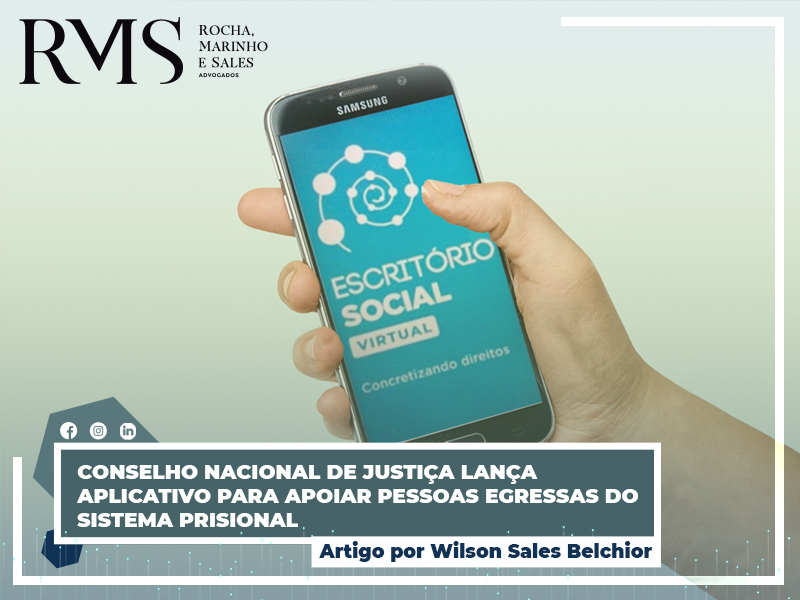Artificial Intelligence applications, industry, internet of things, public sector and advocacy
12/02/2021

In the industrial sector, there is talk of smart factories regarding the use of this technology to monitor physical processes through virtual systems.
Explained in the last column, the information necessary for knowledge of a definition of Artificial Intelligence (AI) based on algorithms and data, together with the content of the regulatory debate of this new technology and the main proposals in the national scenario, it is necessary to justify the discussion by exploring descriptively the myriad of applications in different segments.
In the industrial sector, there is talk of smart factories regarding the use of this technology to monitor physical processes through virtual systems, integrating all the services and organizations that make up the production cycle with simultaneous communication. Thus, it is possible to monitor the events of product and ingredient tracking online, in real time, from the producer to the final consumer, in addition to determining the quality index of products, finding those that do not comply with previously established standards.
Examples in the field of the Internet of Things are multiple. Refrigerators that register items missing from the user’s shopping list, proceeding with notification and ordering in a virtual store; smartwatch that issues reports on the health of the patient to the doctor; sensors that inform data about temperature, soil moisture, probability of rain for agricultural producers; facial recognition of drivers; stores that automatically register the entry of customers, detect what is purchased, charge and send the receipt.
In the Public Administration, the application of AI in the Procuratorates is observed (term control, automation in the receipt of procedural communications and in the elaboration of low complexity documents, availability of structured information and indicators, recognition of progress and procedural phases) causing the expansion in the number of Tax Foreclosures filed together with the decrease in the time spent for the protocol. The development of a neural network in the Attorney General’s Office stands out, which uses algorithms to identify patterns, classify orders and review debts, suggesting to the prosecutor the acceptance or rejection of the claim, based on the interpretation of the requests made by taxpayers.
In the Judiciary Branch, the “Synapses” system of the TJ-RO is shown, a predictive model, capable of anticipating the words that will be used, defining, during the production of a text or court order, which procedural movement is appropriate to the case. In the TJ-PE, “Elis” announces the accomplishment in 15 days of activities that 11 civil servants would take a year to complete, encompassing the initial screening and selection of the processes suitable for trial, existence of assets or values susceptible to blocking order. At TJ-SP, the automation project applied at the Guarulhos Finance Court, used AI to register and digitize documents, text conference, together with intermediary petitions and analysis of citation requests by notice.
In private law, AI can be applied to research legislation, doctrine and jurisprudence compatible with a specific case; predictive analysis to anticipate future events; classification of documents by relevance and inferences from their analysis; identification of patterns in data sets; extraction of information from texts with legal content (parties, court, lawyers, decision, nature of the action, precedents and legal rules cited); quantitative analysis of judicial behavior; and “Online Dispute Resolution” platforms.
Indeed, the breadth of AI is a practical challenge that requires caution in regulatory activity. It is not appropriate to create unnecessary barriers to innovation and industrial diversification, nor is it recommended to make the protection of fundamental rights, guarantees and values secondary. The balance goes through interdisciplinary discussion, focused on practice, considering the flexibility inherent to the new rules and regulations that may be approved, in face of the rapid and continuous evolution of this technology.
By: Wilson Sales Belchior




